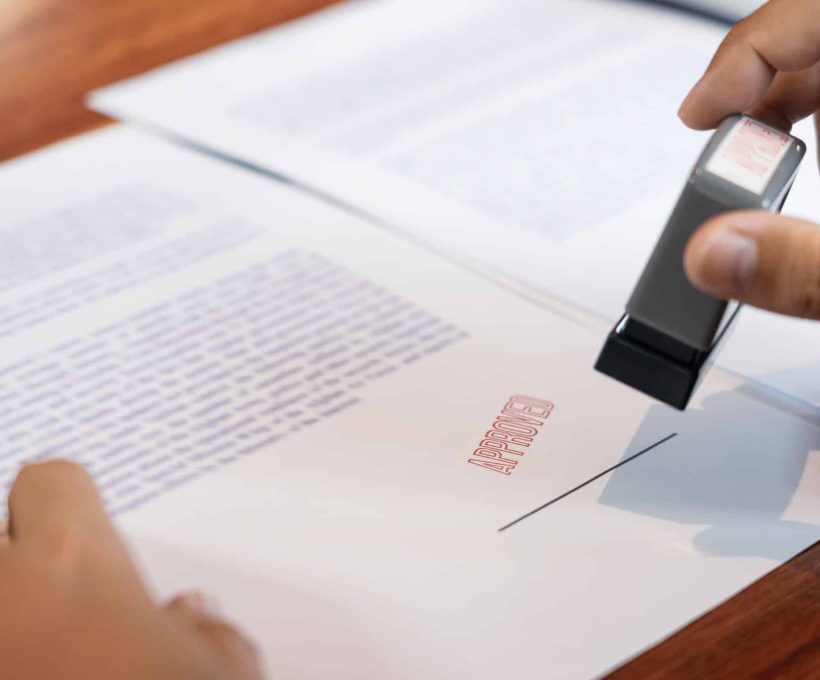New Hampshire
Do you need to legalize or apostille a document in the state of New Hampshire? Forget the complications and leave the work to us.
Request your quote now
At Apostille Int., we apostille your documents for use in international procedures through a fast and efficient service.

The state of New Hampshire along with its capital Concord and most populous city, Manchester, is located in the northeast region of the country and requests a large number of apostille documents monthly.
Here you will find what type of documents you can apostille in the state of New Hampshire and the requirements for both original documents and scanned copies of them.
What are the requirements for apostilling a document in New Hampshire?
The following are the requirements necessary to apostille or legalize a document in the state of New Hampshire. Also listed are the types of documents that can be apostilled.
Request your quote through the form.
Provide us with the necessary information for your process.
Receive your document in the shortest possible time!
Original Document
You will need to make sure of the following:
- You have an original document or duplicate issued by the State
- Appropriate signature is provided
- Original document was recently issued
- The apostille of the original takes anywhere from 4-10 business days.
The New Hampshire Secretary of State apostilles public and private documents if the following applies:
- New Hampshire documents have the original signature of the Notary Public, Justice of the Peace for the State of New Hampshire, Town and City Clerks, County or State Registrars or any other State Official
Please note:
- If a document was notarized, it must have the notaries seal of the Notary
- Public where it was notarized
- Acceptable signatures in an original document or certified copy include, but are not limited to:
- Stephen M. Wurtz, Acting State Registrar
- William R. Bolton Jr., State Registrar
- You may submit an application and payment with a copy of a photo ID to obtain a certified copy of an original document by mail at: NH Department of State Division of Vital Records Administration Registration/Certification 9 Ratification Way Concord, New Hampshire 03301-2410
- If you want to order online you can visit: www.vitalchek.com
Scanned Photocopy of Original Document
You will need to make sure of the following:
- Appropriate signature is NOT provided
- Original document is damaged
- Original document was issued over 10 years ago
- Destination country ACCEPTS apostilles of the scanned photocopy of the original document; most countries do accept an apostille of the scanned photocopy.
- You need the apostille within 24 hours.
Please note:
- Because the notary and the apostille are required to be issued from the same state, the scanned photocopy of the original document that you provide will be notarized and apostilled in New York City.
- You may submit an application and payment with a copy of a photo ID to obtain a certified copy of an original document by mail at: NH Department of State Division of Vital Records Administration Registration/Certification
- 9 Ratification Way Concord, New Hampshire 03301-2410



